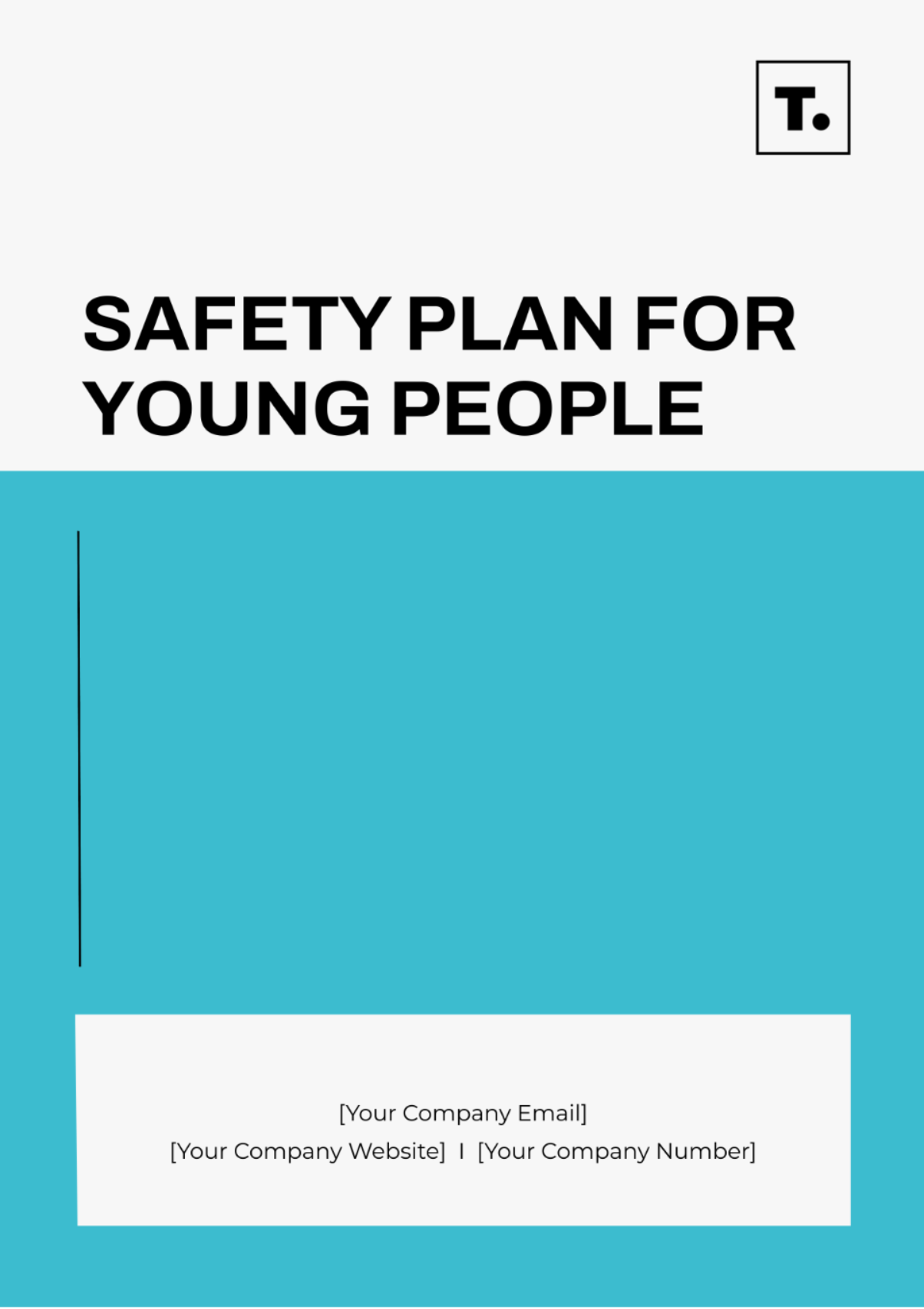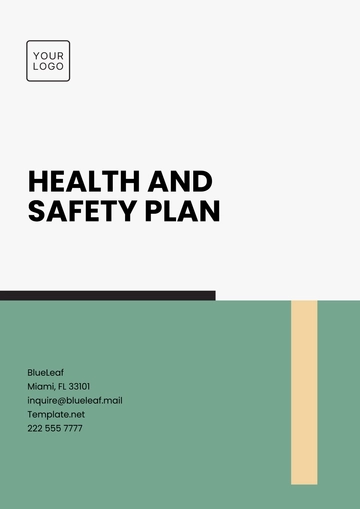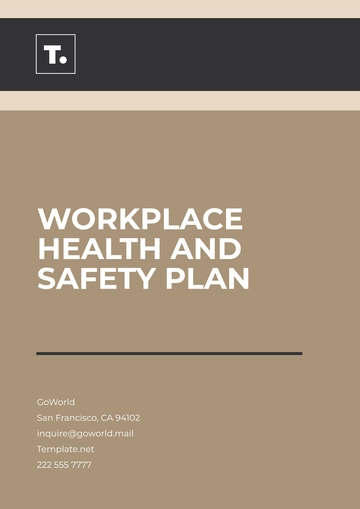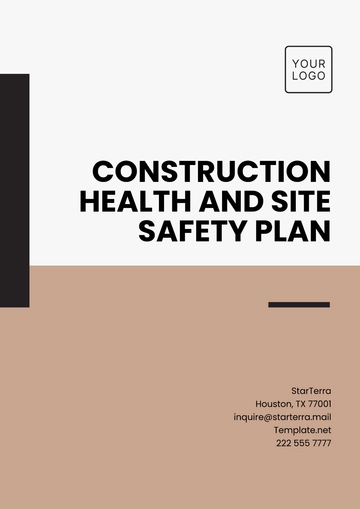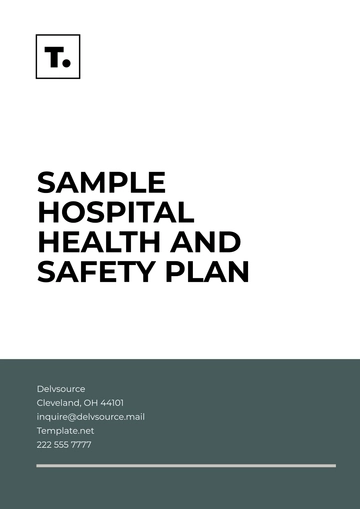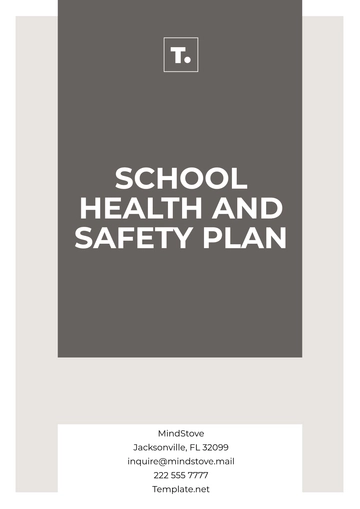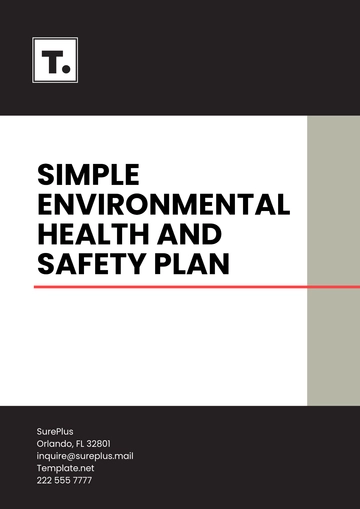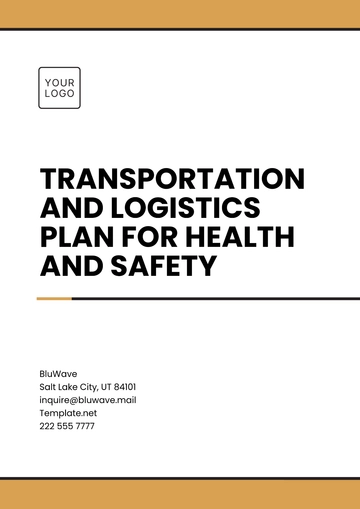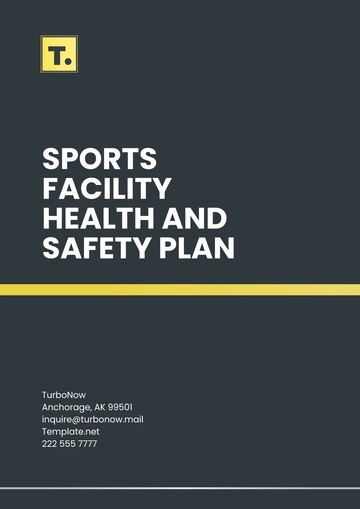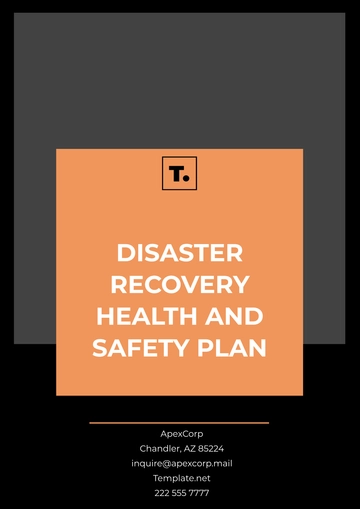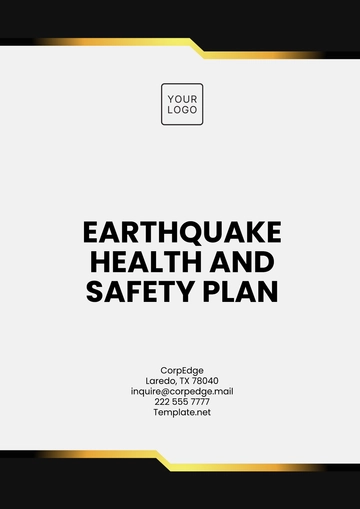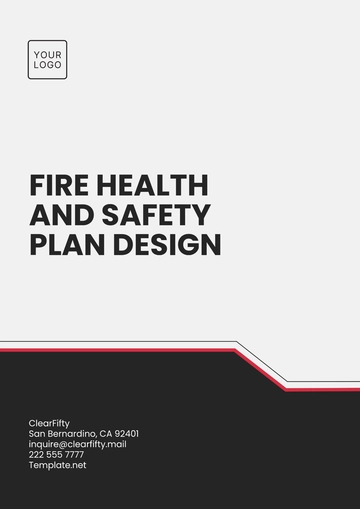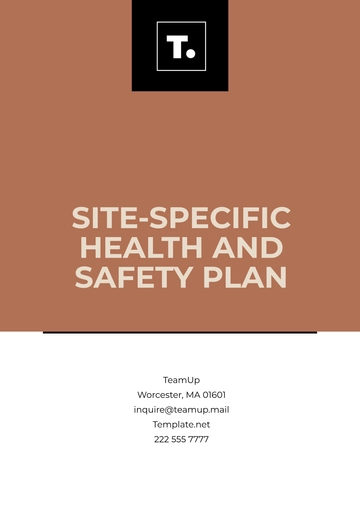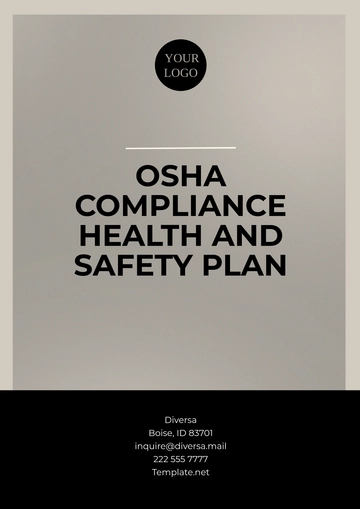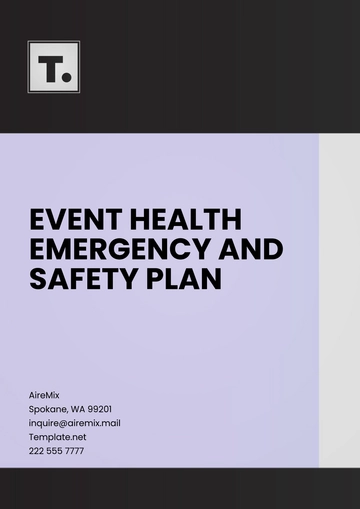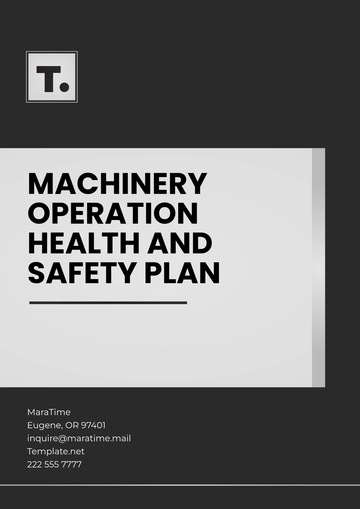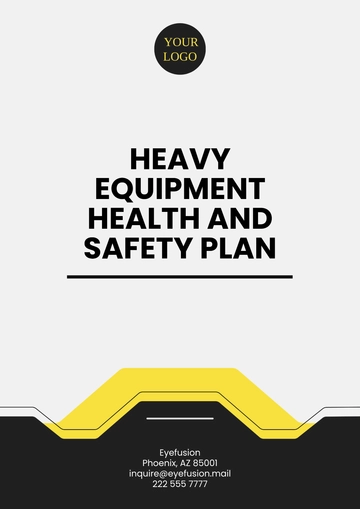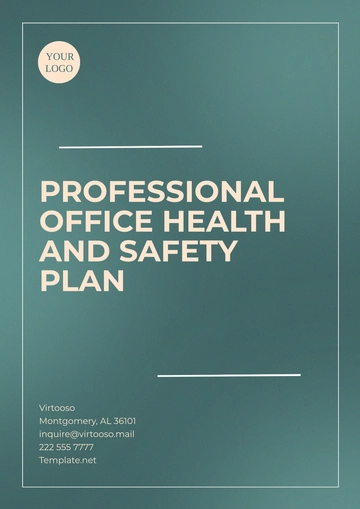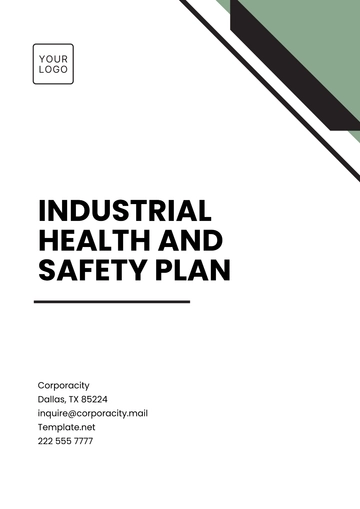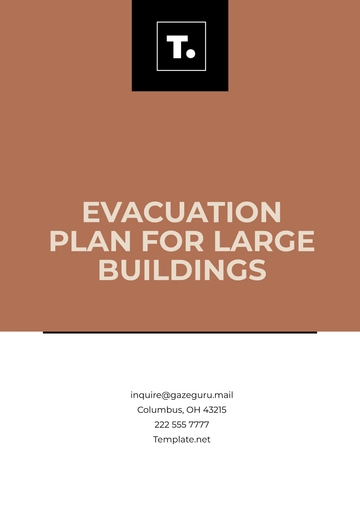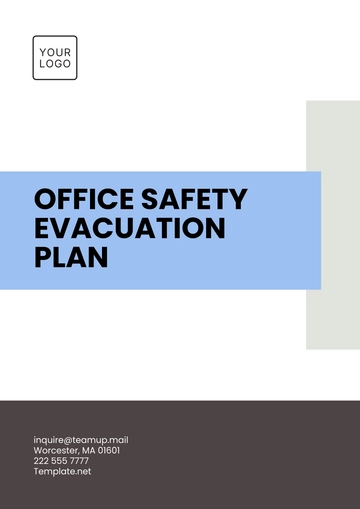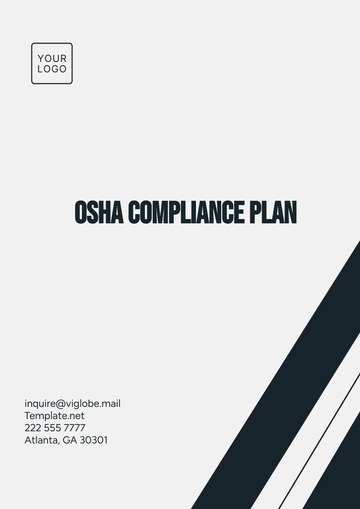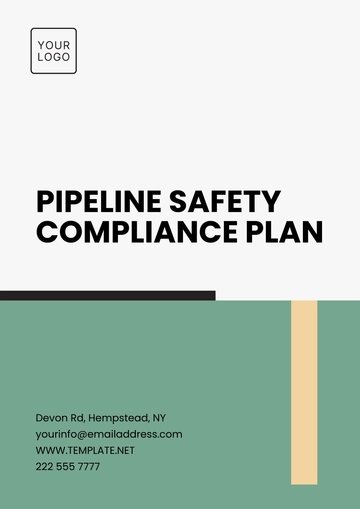Safety Plan For Young Person
I. Introduction
The safety plan for [Your Name] is designed to ensure their well-being and safety in various aspects of life. This plan addresses potential risks and provides strategies to mitigate them, promoting a safe and supportive environment.
II. Emergency Contacts
1. Trusted Adult
Name: [Trusted Adult's Name]
Relationship: [Relation to Young Person]
Contact Number: [Trusted Adult's Phone Number]
2. Emergency Services
3. Crisis Hotline
III. Physical Safety
1. Home Safety
Ensure the home environment is free from hazards such as loose cords, sharp objects, and slippery surfaces.
Discuss fire safety and emergency evacuation procedures with the family.
2. Personal Safety
Encourage the young person to be aware of their surroundings when out alone.
Discuss strategies for personal safety, such as walking with friends, avoiding isolated areas, and trusting their instincts.
3. Internet Safety
Educate the young person about online safety, including privacy settings, avoiding sharing personal information, and recognizing online risks such as cyberbullying and online predators.
IV. Emotional Well-being
1. Coping Strategies
Teach the young person healthy coping mechanisms for managing stress and emotions, such as deep breathing, mindfulness, and talking to a trusted adult.
2. Support Network
Encourage the young person to build a support network of trusted friends, family members, teachers, or counselors whom they can turn to for support during difficult times.
3. Mental Health Resources
Provide information about mental health resources, such as therapy, support groups, and hotlines, and encourage the young person to seek help if needed.
V. Social Safety
1. Peer Relationships
2. Social Media Safety
Educate the young person about responsible social media use, including the importance of privacy settings, avoiding sharing sensitive information, and being mindful of the impact of online interactions.
3. Bullying Prevention
Teach the young person strategies for dealing with bullying, including assertive communication, seeking help from adults, and knowing when to remove themselves from harmful situations.
VI. Substance Use Prevention
1. Education
Provide information about the risks of substance use and addiction, including drugs, alcohol, and tobacco.
Encourage the young person to make healthy choices and resist peer pressure to engage in substance use.
2. Peer Influence
3. Resources
VII. Regular Check-Ins
1. Open Communication
2. Check-In Schedule
3. Adjustments
VIII. Conclusion
This safety plan is designed to empower [Your Name] to navigate various aspects of their life safely and confidently. By implementing these strategies and maintaining open communication, we aim to promote their well-being and support them in living a healthy and fulfilling life.
Plan Templates @ Template.net
